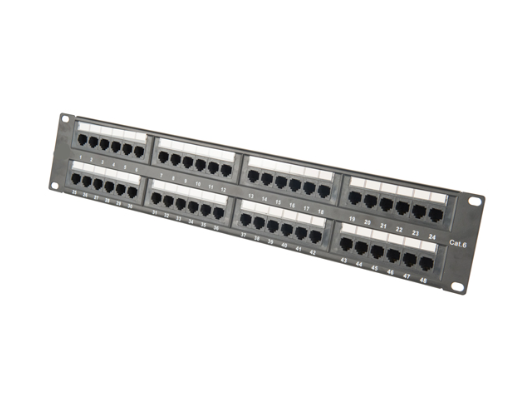News
Site Editor
 Site
https://leonetworkgroup.usa18.wondercdn.com/uploads/image/5fe152faa587d.png
Building a cable tester can be a useful tool for anyone who deals with cables regularly, like electricians, audio technicians, or IT professionals. A cable tester can help identify wiring errors, cable continuity, and other issues that prevent cables from functioning as intended. Here's how to build a simple cable tester using a few basic tools and components.Materials Required:- Breadboard- Jumpe
Site
https://leonetworkgroup.usa18.wondercdn.com/uploads/image/5fe152faa587d.png
Building a cable tester can be a useful tool for anyone who deals with cables regularly, like electricians, audio technicians, or IT professionals. A cable tester can help identify wiring errors, cable continuity, and other issues that prevent cables from functioning as intended. Here's how to build a simple cable tester using a few basic tools and components.Materials Required:- Breadboard- Jumpe
How To Build A Cable Tester
Views: 505
Author: Site Editor
Publish Time: 2023-07-14
Origin: Site
Building a cable tester can be a useful tool for anyone who deals with cables regularly, like electricians, audio technicians, or IT professionals. A cable tester can help identify wiring errors, cable continuity, and other issues that prevent cables from functioning as intended. Here's how to build a simple cable tester using a few basic tools and components.
Materials Required:
- Breadboard
- Jumper wires
- Resistors (1K ohm and 10K ohm)
- LEDs (red and green)
- Battery snap
- 9V battery
Step 1: Prepare the Breadboard
First, place the breadboard on a flat surface and ensure that it has power rails running down both sides. These rails will be used to connect the components to the power source and ground.
Step 2: Connect the Resistors
Next, connect the 1K ohm resistor to the negative power rail on one side of the breadboard. Then, connect the 10K ohm resistor to the positive power rail on the opposite side of the breadboard.
Step 3: Connect the LEDs
Take the red LED and connect its anode (long leg) to point on the breadboard where the 1K ohm resistor is connected. Connect its cathode (short leg) to the negative power rail.
Similarly, take the green LED and connect its anode to a point on the breadboard where the 10K ohm resistor is connected. Connect its cathode to the negative power rail.
Step 4: Connect the Battery
Attach the 9V battery snap to the breadboard. Connect the red wire to the positive power rail and the black wire to the negative power rail.
Step 5: Make the Connections
Now, take the jumper wires and connect one end of each wire to the positive power rail on the breadboard. Connect the other end of one jumper wire to the anode of the red LED. Connect the second jumper wire to the anode of the green LED.
Finally, connect the remaining jumper wires to the points in the breadboard where the negative terminals of the LEDs are connected.
Step 6: Test the Cable
To test a cable, connect it to the two jumper wires connected to the negative terminals of the LEDs. Plug the battery into the battery snap to provide power.
If the cable is wired correctly, the green LED will light up, indicating that it has continuity. If there's a wiring error or a break in the cable, the red LED will light up.
Conclusion
Building a cable tester can be a practical and helpful tool for anyone who frequently deals with cables. With just a few basic components and some preparation, it's easy to create a tester that can help identify cable wiring errors and connections. This simple DIY project can save time and effort by helping you troubleshoot common issues in cables quickly.
If you want to know more about industrial network cabinet,china fiber optic splice closure,china fiber optic distribution box,please consult the fiber optic splice closure factory









